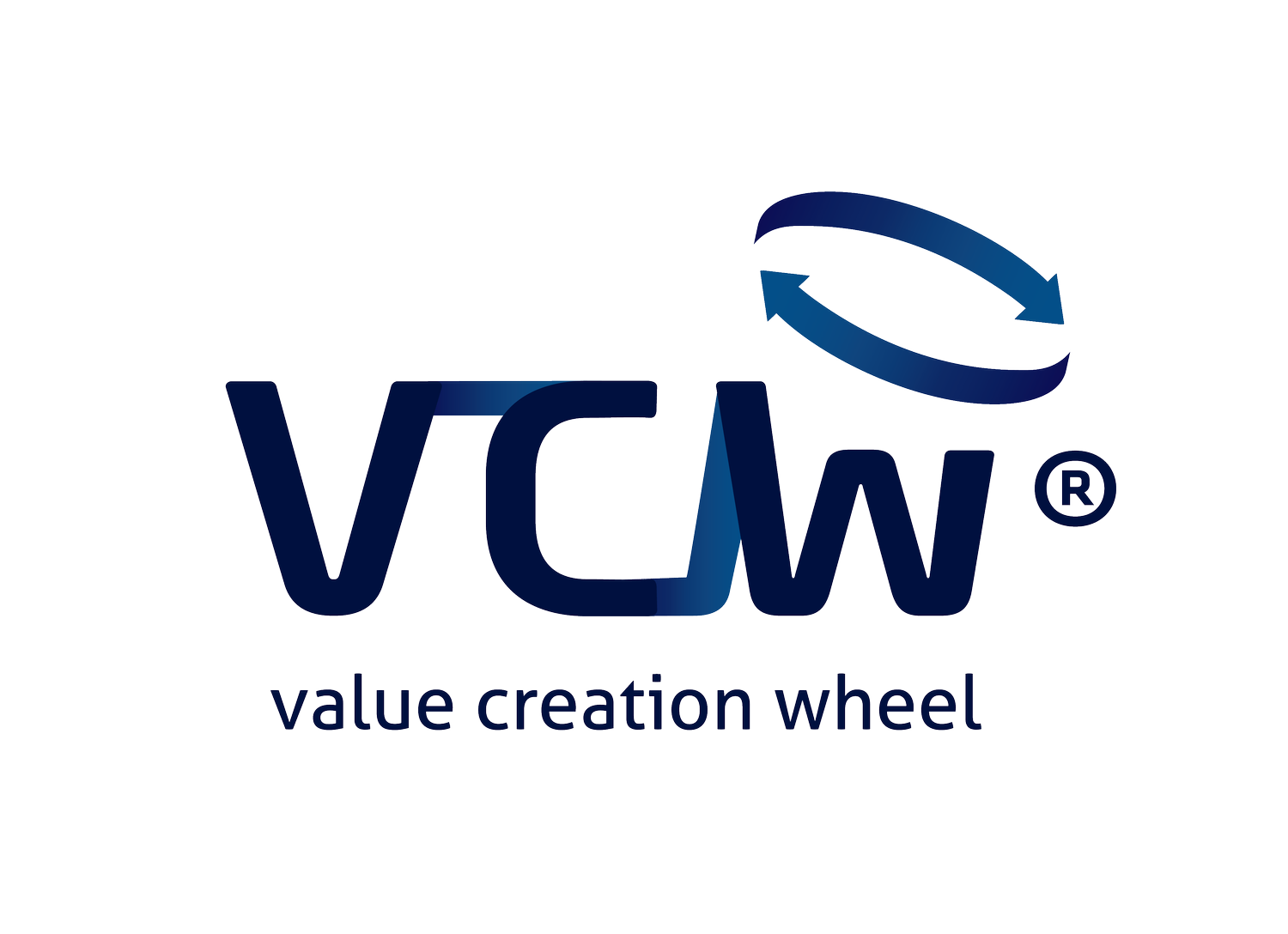VCW 4 FTA: Wind Energy Optimization in Germany
Leveraging Earth Observation for improved wind resource assessment in Lower Saxony, Germany.
What is the most attractive geographical market for our Start-Up to launch the EO Service Innowind?
FTA uses the Value Creation Wheel to identify Lower Saxony, Germany, as the optimal market for its Earth Observation-based wind resource assessment service, targeting wind farm developers and planners.
Overview
This presentation detailed FTA's plan to launch an Earth Observation (EO)-based service to improve wind resource assessment for wind farm planning. The Value Creation Wheel (VCW) framework was used to systematically analyze the market and select Lower Saxony, Germany, as the entry point.
Application Applying VCW to find a country
Discover Value (Phase 1): Defined FTA's mission and vision (improving wind resource assessment for a sustainable future). Identified the problem (inaccurate wind resource estimations). Performed PESTEL, SWOT, TOWS, Porter's Five Forces, and competitor analyses. Identified target customer segments (private investors, commercial organizations, wind farm developers, governments). Aligned with SDGs, the Paris Agreement, and the European Green Deal. Defined KPIs. Conducted stakeholder analysis.
Induced Solutions & Filters (Phase 2): Considered all 193 UN member states as potential solutions. Generated 67 filters across eight categories (economic, industry, competition, political, financial, social, climate & sustainability, technological).
Selecting Filters (Phase 3): Used the POCR method to refine the filter set to nine global filters. Ranked the filters.
Value Creation Funnel (Phase 4a): Applied the global filters, leading to Germany. Applied five local filters, leading to Lower Saxony.
Positioning & Prototype (Phase 4b): Analyzed Germany and Lower Saxony's wind energy market. Identified a Blue Ocean Strategy (integrating EO data into existing wind resource assessment). Developed a prototype website and app. Performed STP analysis (segmentation, targeting, positioning), focusing on private companies (wind farm developers) and the government. Defined the 7Ps of marketing (including a tiered subscription model: basic and premium).
Consolidation (Phase 5): Presented the business model canvas. Detailed the 3 Ms (manpower, minute, money), including hiring needs, a timeline, and funding requirements (€100,000 initial investment). Outlined revenue projections and cost structure. Evaluated KPI achievement.
Key Takeaways
Target Market: Lower Saxony, Germany, was selected for its high wind energy potential, existing wind farm infrastructure, and supportive government policies.
Value Proposition: FTA provides more accurate and timely wind resource assessments by integrating high-quality Copernicus data into flow modeling, reducing costs and uncertainty for wind farm developers.
Competitive Advantage: FTA differentiates by being the first to offer this specific service using EO data, drones, and sensors, and providing a user-friendly platform and consulting services.
Pricing: Tiered subscription model (basic and premium) and a one-time purchase option for individual reports, using psychological pricing.
Funding Strategy: Seeking funding through loans, venture capital, and crowdfunding.
Conclusion
The company provides EO services such as accurate data on wind resources. The next steps for the company are to establish partnerships and continue with the recruitment process.


